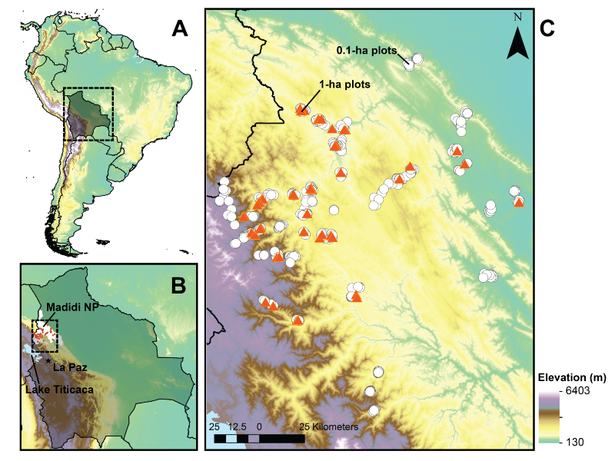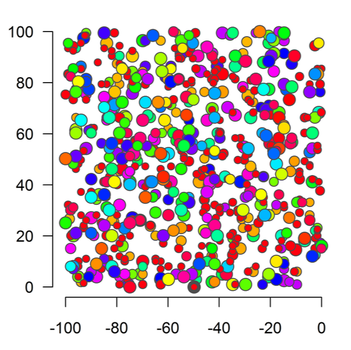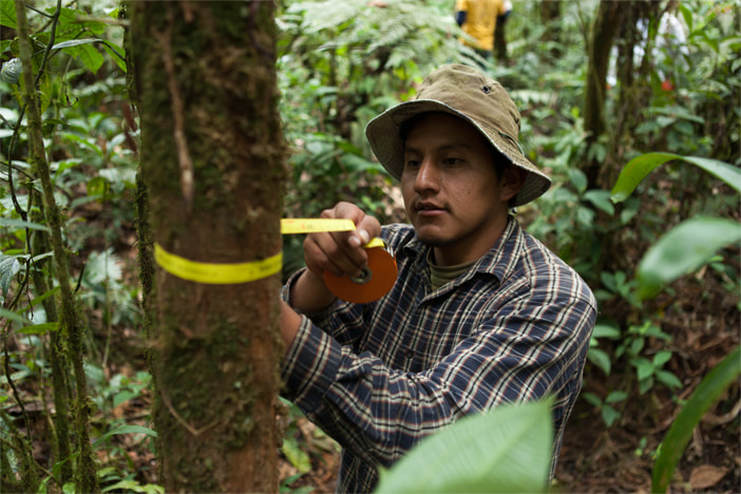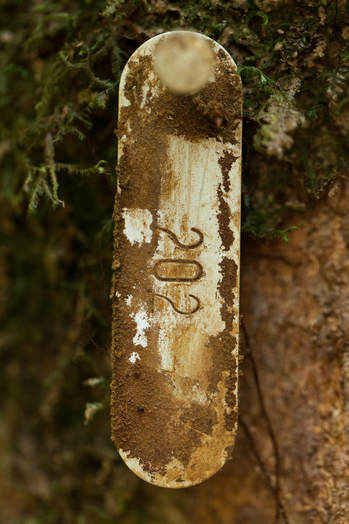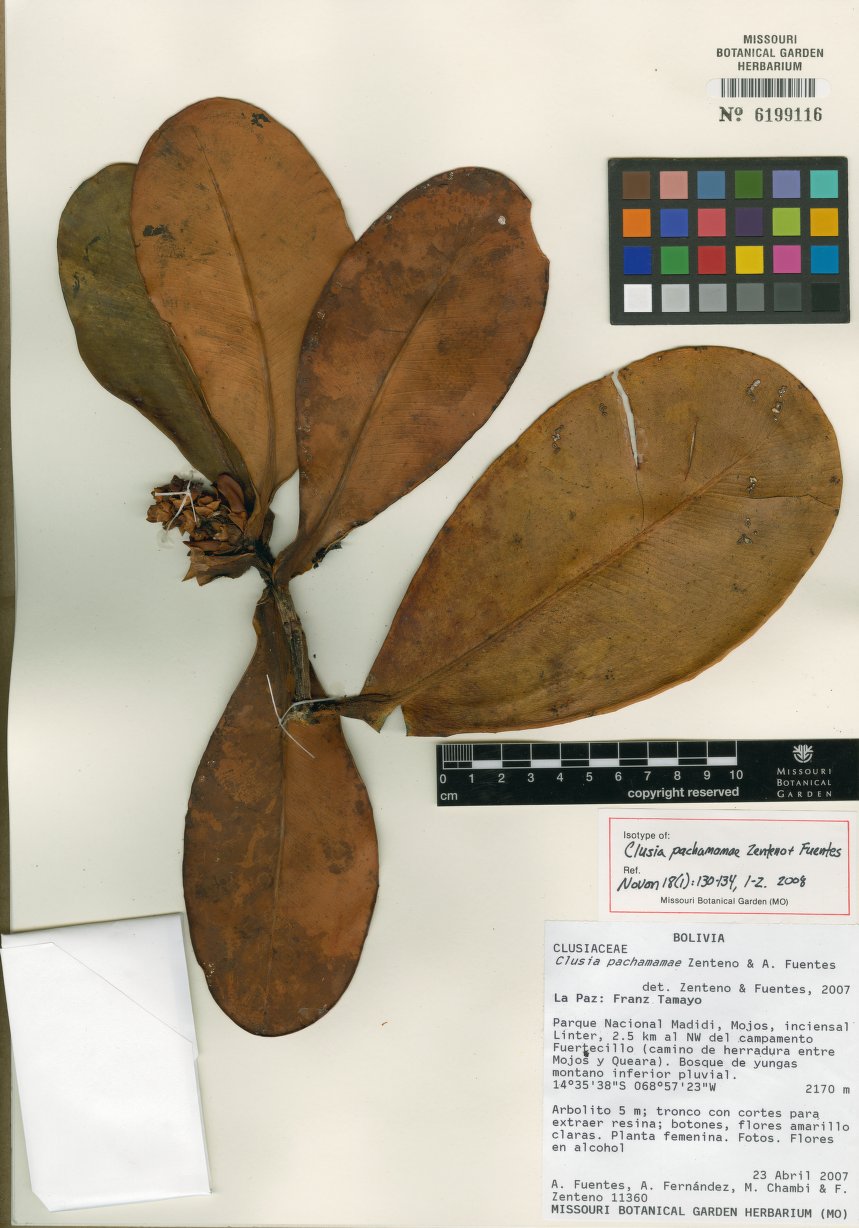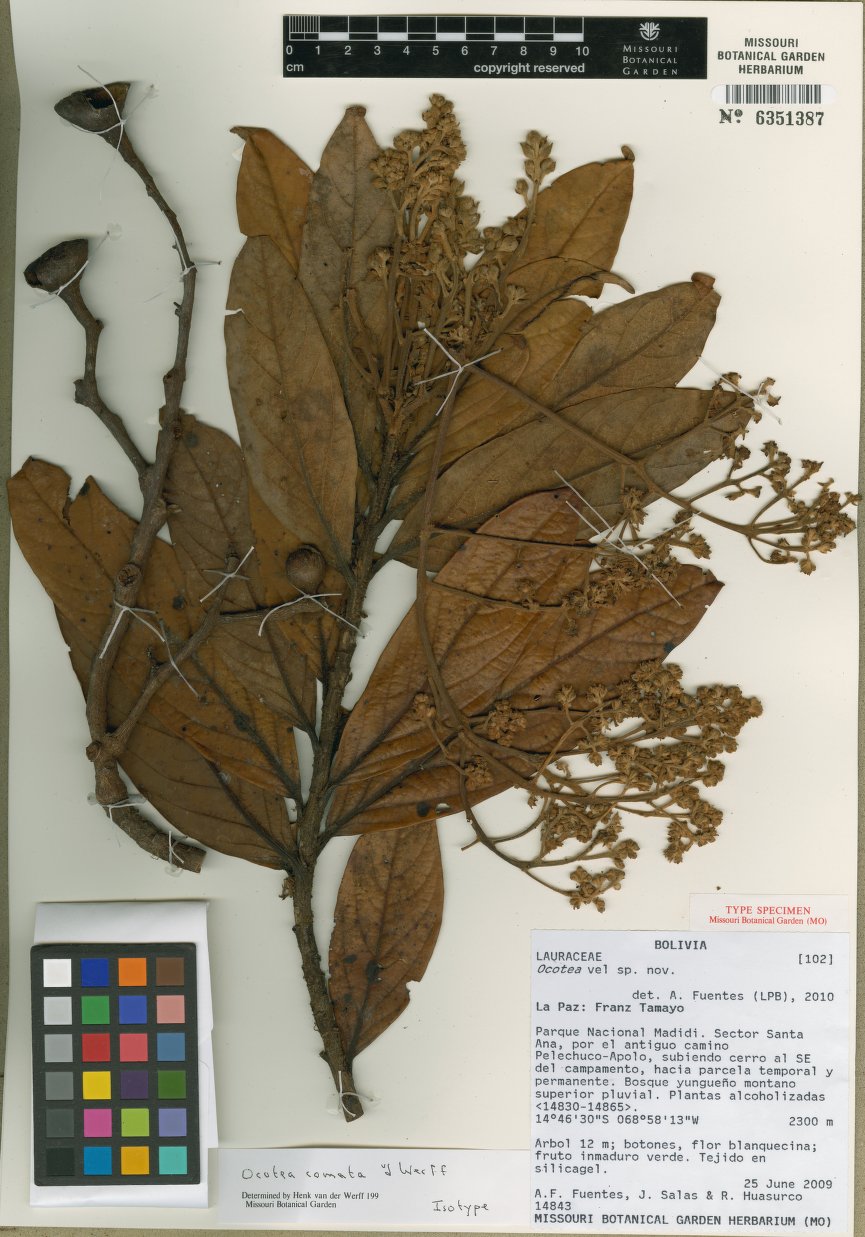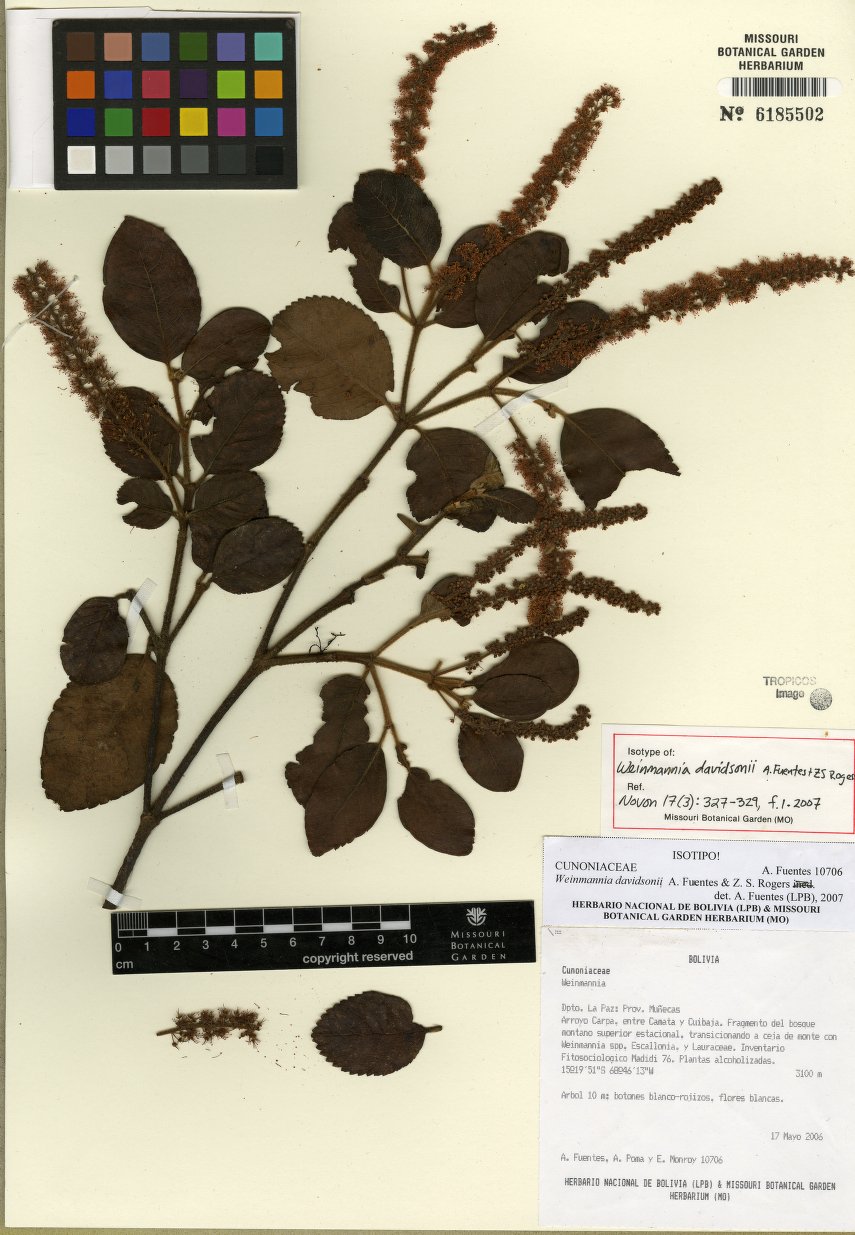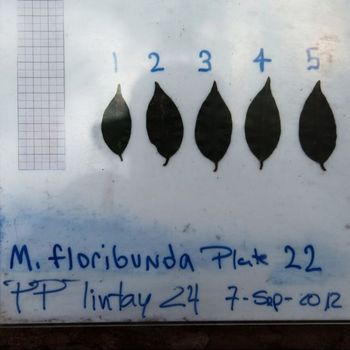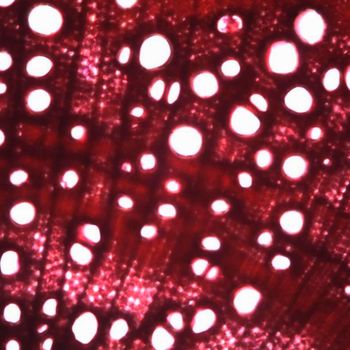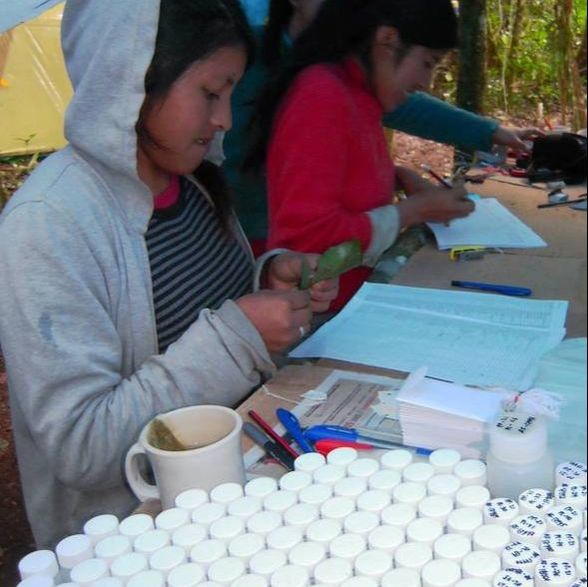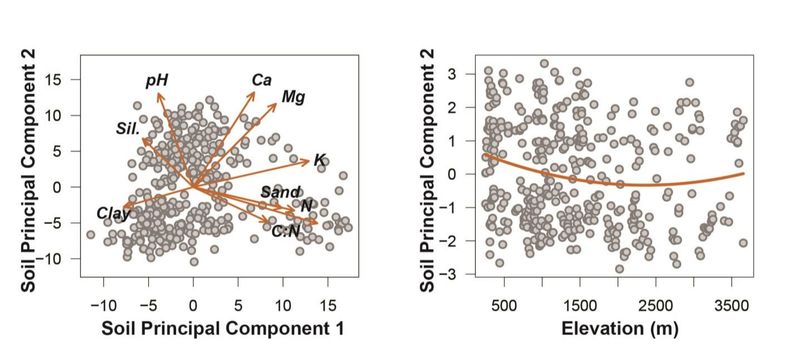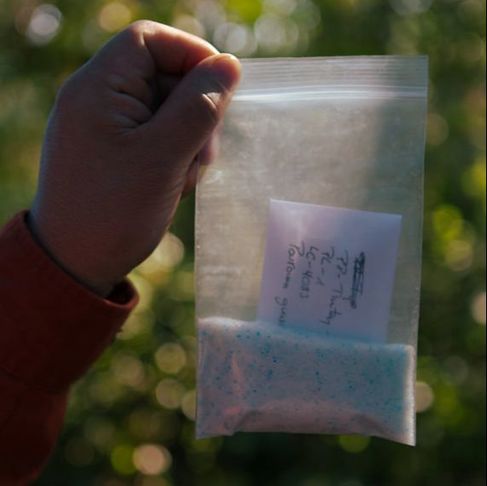Since 2001, the Madidi Project has been collecting data relevant to the study of plant biodiversity in the Amazon and Andes of Bolivia, one of the most species rich regions in the planet. These data are being used by researchers and students for manuscripts and dissertations that help advance our understanding of biodiversity patterns and their underlying mechanisms. You can check our publications and students pages to learn more.
Most data are deposited in Tropicos®, the botanical database of the Madidi Project. Much of these data has also been shared into larger collaborative databases such as BIEN, RBA or ATDN. All data can also be requested by outside researchers. The terms and conditions of data use can be found here, and a data request form here.
The varied activities in the field, herbarium, and laboratory call for standards and manuals to reduce bias and errors, as well as to provide a way to teach new staff and students how data are collected. We have compiled all our protocols and procedures into a single manual that can be downloaded from here (only in Spanish).
Most data are deposited in Tropicos®, the botanical database of the Madidi Project. Much of these data has also been shared into larger collaborative databases such as BIEN, RBA or ATDN. All data can also be requested by outside researchers. The terms and conditions of data use can be found here, and a data request form here.
The varied activities in the field, herbarium, and laboratory call for standards and manuals to reduce bias and errors, as well as to provide a way to teach new staff and students how data are collected. We have compiled all our protocols and procedures into a single manual that can be downloaded from here (only in Spanish).
Network of forest plots
A major effort of The Madidi Project has been to survey a large network of forest plots across a 4,000-m elevational gradient. A google map showing the distribution of the plots can be found here. The network consists of 442 temporary 0.1-ha plots and 50 permanent 1-ha plots . In the temporary plots, all woody plants with a diameter at breast height (DBH) equal or greater than 2.5 cm have been measured and identified; in the permanent plots, the DHB cut-off is 10 cm. Additionally, trees in the permanent plots have been mapped. In total, more then 200,000 individual trees belonging to more than 2,400 species have been surveyed, identified and measured. All trees have been identified using an standard taxonomic approach, and more than 95% of individuals are identified to species or morpho-species. This dataset is unparalleled in the tropics in terms of its elevational range, spatial extent, replication, and exceptionally high taxonomic resolution. In this way, the Madidi Project's network of forest lots provides detailed knowledge regarding the distribution of tree species and diversity of plant communities at various spatial scales.
Forest dynamics
In 2011, we started revisiting all permanent plots 7-8 years after their establishment. During our re-surveys, we are measuring growth, mortality and recruitment for all tree species. Twenty six of the 50 plots have already been re-surveyed, with another 12 expected by the end of 2020. Preliminary analyses show significant rates of mortality and recruitment (~12%), which provide enough statistical power to detect changes in forest communities using our data.
specimen records
Herbarium specimens of new species discovered from field collections by the Madidi Project. Left. Clusia pachamamae. Center. Ocotea comata. Right. Weinmannia davidsonii. Click the image to be taken to the specimen record in Tropicos.
Aside from forest plots, the Madidi Project has made an extensive number of additional collections to document the woody and non-woody flora of the Madidi region. The project has collected more than 50,000 herbarium specimens, which are now deposited at the Missouri Botanical Garden, the Herbario Nacional de Bolivia, and other institutions. These specimens are being used to document the plant diversity of the Bolivian Andes. As part of this work, we have discovered nearly 200 species new to science, many of which have already been formally described.
Additionally, the Project has created an automatic checklist tool within Tropicos for plants of the Madidi Region, as well as published checklists for vascular plants and bryophytes.
Finally, over 10,000 photos of plants taken during fieldwork are being uploaded to Tropicos. They can be searched here using the word "Madidi" among the keywords.
Additionally, the Project has created an automatic checklist tool within Tropicos for plants of the Madidi Region, as well as published checklists for vascular plants and bryophytes.
Finally, over 10,000 photos of plants taken during fieldwork are being uploaded to Tropicos. They can be searched here using the word "Madidi" among the keywords.
plant functional traits
During plot re-surveys, the Madidi Project is also collecting samples to measure several plant functional traits, which are known to be important for distribution and co-existence of species along environmental gradients. For 5 individuals of each species in each plot, we are collecting replicated measures of leaf area, leaf size, leaf nitrogen content, leaf number, wood density, vessel diameter, vessel density and growth rate. These data will allow us to test hypotheses about the mechanisms that have shaped these tropical forests, and how they might be changing in response to local and regional changes to the environment. We have already collected trait information in the field for more than 2,000 individuals and 400 species.
Soil conditions
Principal component analyses of the inter-plot variation in soil characteristics across a 4,000-m elevational gradient.
The Madidi Project has collected information on a number of soil characteristics across plots at different elevations. These data reflect various dimensions of variation in soil texture and resources. Soils show considerable variation across plots in Madidi, with some soil resources showing clear elevational patterns.
